|
Never will I forget the words of Jean Geddes, full-time Keys resident, fisherman and naturalist, and one never afraid to speak her mind. whom I met in the early 80’s. She said her favorite time of year was when the White Crowned Pigeons arrive and at the same time, the winter “snowbirds” depart. It is the frenetic pace of the season with the “three activities a day crowd,” plus feedings, that keeps Keys service workers and professionals in our tourism economy busy, and longing for the calmer days of the off-season. All they have to do is endure “Spring Break.” For years I’d make note of the first White Crowned Pigeon (Patagioenas leucocephala) I’d see, usually in late March or April, after they’ve flown from Central and South America, across the Gulf of Mexico. When they stop here they need water and food. Figs are high on their list… all sorts of figs, which are full of nutrition for our feathered travelers. My home is surrounded by a majority of native plants, including a large Banyan Tree (Ficus benghalensis.) White Crowned Pigeons also favor gumbo-limbo, blolly, poisonwood, rough strongbark, and ironwood trees. This year, while sitting under the fig tree and waiting, I managed to photograph my first White Crowned Pigeon. It is a challenge is to maneuver into a good clear vantage point for viewing the birds, without alerting them to your presence. I found it particularly helpful to use my Nikon 180 - 600 mm lens and stand in the shadows so I could watch without being discovered. In just a few weeks benefiting from the tips about what to look for and where to stand, I was able to get close-up photos of various birds in my yard including a Palm Warbler (Setophaga palmarum), Common Yellowthroat (Geothlypis trichas), Painted Bunting (Passerina ciris), White-Crowned Pigeon (Patagioenas leucocephala), and Prairie Warbler (Setophaga discolor). After all I’ve learned about finding migrating birds in the outdoors, my most unusual bird sighting was inside the home of Gail and Spike. While working on a photo project we were distracted by the flapping of a bird trying to get out. From high above on the window ledge the bird looked out and repeatedly was repelled by the clear glass barrier keeping him in. It darted up to the curtain and clung onto the fabric, probably wondering where is my branch? Confused, hungry and thirsty, this bird needed out. We called Ocean Reef’s naturalist Jeanette, who was there instantly and within a couple minutes had netted the bird. Jeanette took him out into the sunshine among the trees and flowers and butterflies and released it and as the bird flew off, I recognized that bird as the one often seen flying in pairs in the late afternoon catching mosquitos. From my photos the bird was identified as a Chimney Swift (Chaetura pelagica), and sure enough it feeds primarily on flying insects and it mates for life. It also likes chimneys, but it is unclear if the bird entered the house through the chimney or an open door. It is helpful if you can identify the birds by learning their songs. The Merlin app which listens for birds can give a pretty accurate ID to aid in visual identification. Unfortunately the spring migration coincides with the departure of our snowbirds, who also have a loud call… caused by the rumble of their jet engines warming up on the nearby airport runway, which successfully drowns out any bird call. "Practical bird-protection means not only preventing the destruction of birds but creating conditions which shall make the world more habitable for them. Tree planting for birds should be given especial consideration on Arbor Days"
1 Comment
|
CAROL ELLIS
This photographic website provides me the opportunity for self-expression, for sharing Archives
May 2024
TAGS
All
|
© Copyright 2022. Carol Ellis Photography.
All Rights Reserved.


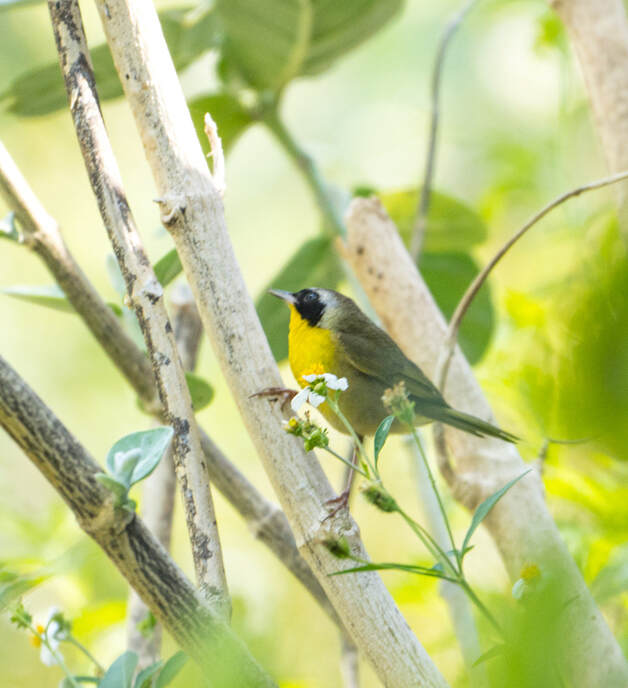
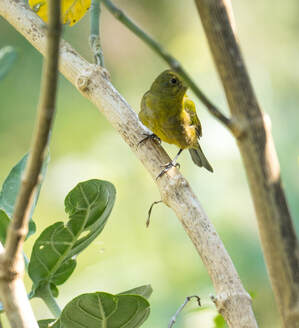
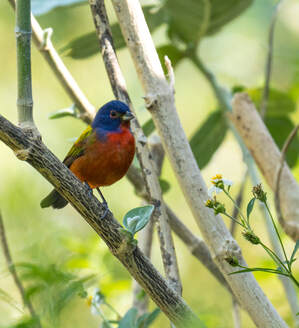
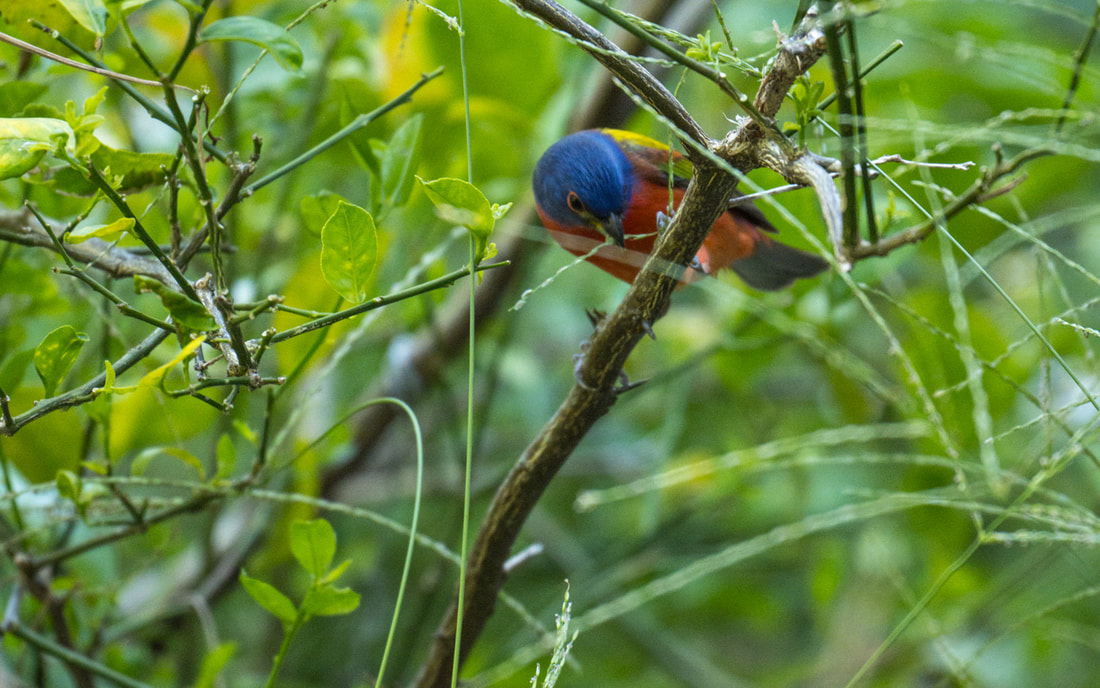
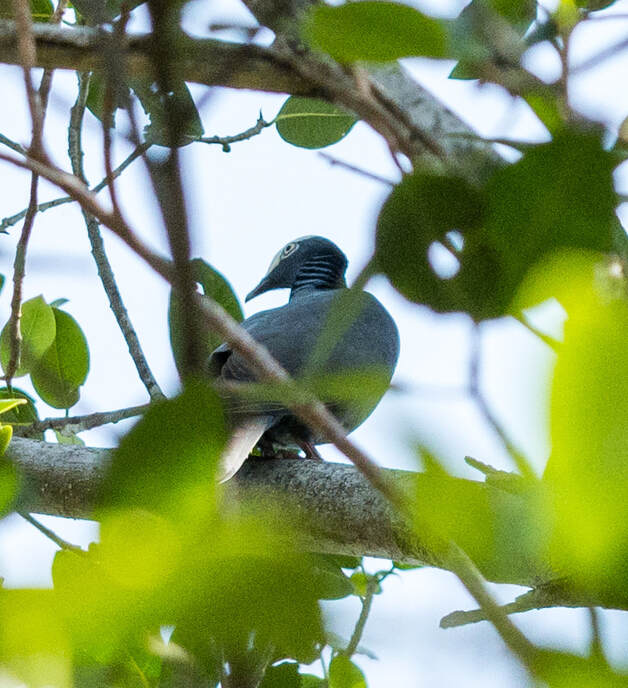
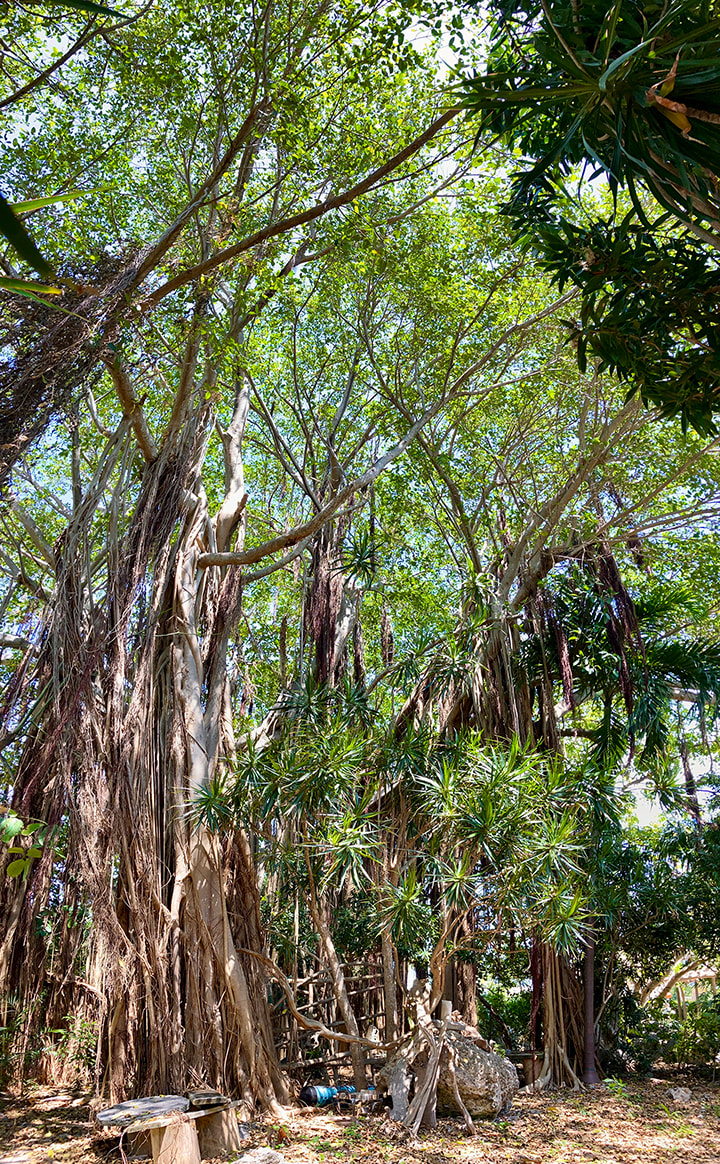
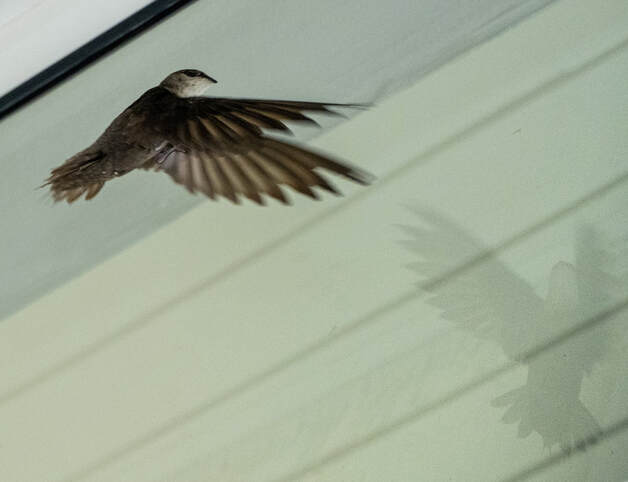
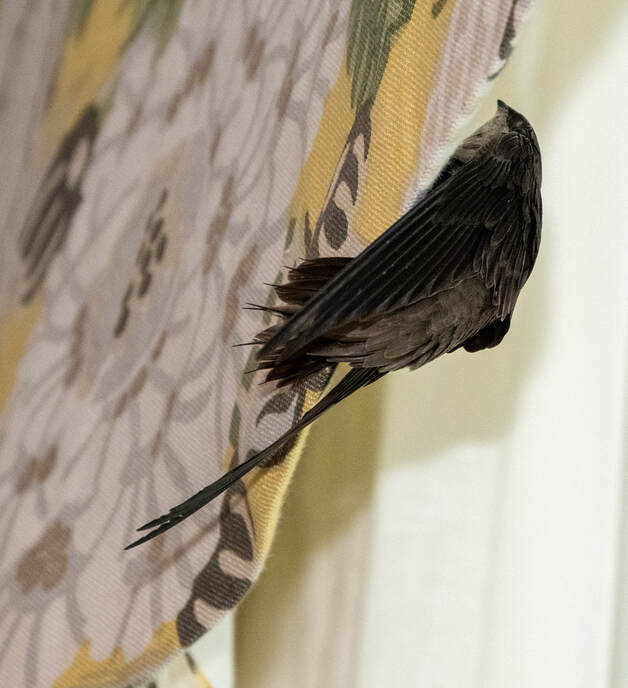
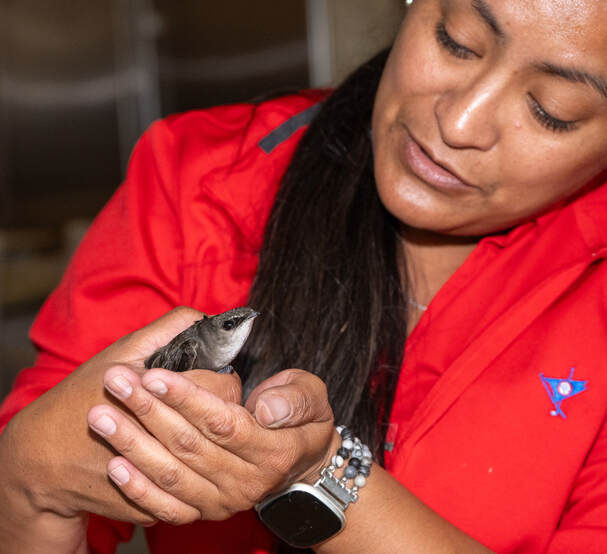
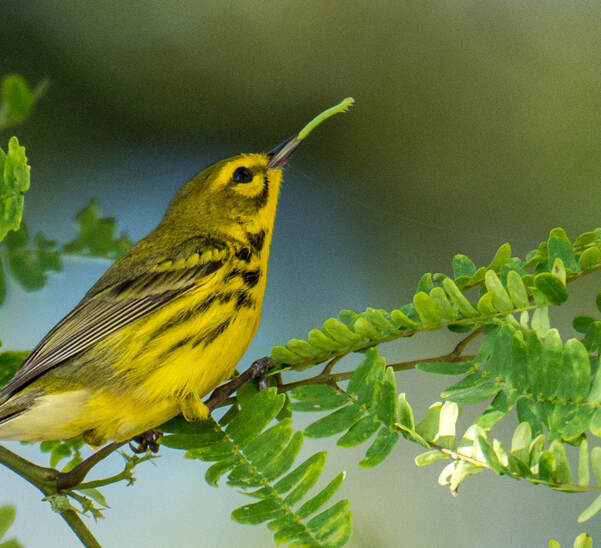
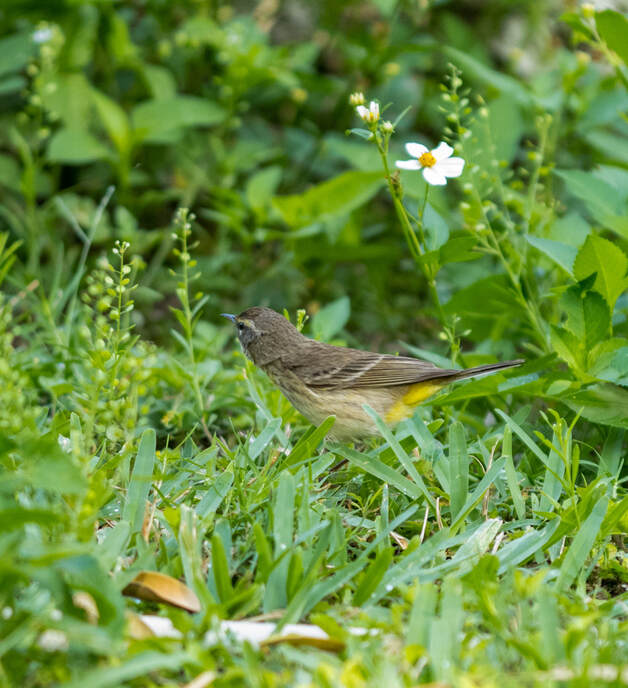
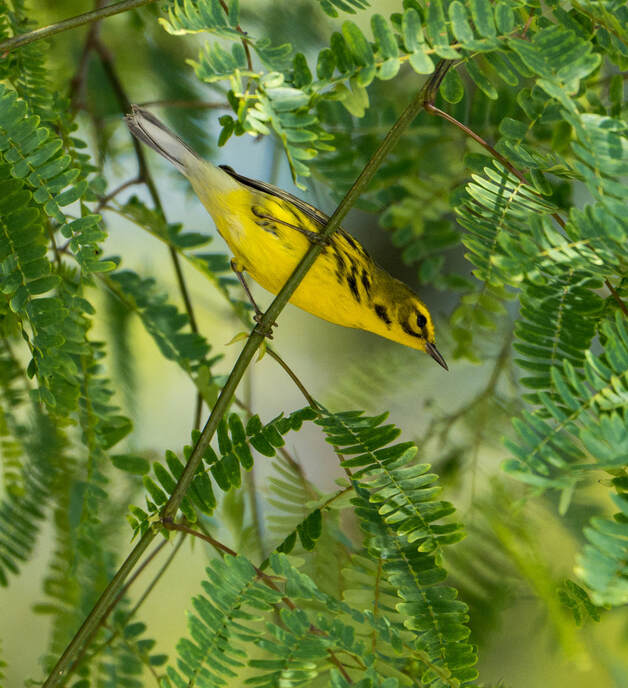
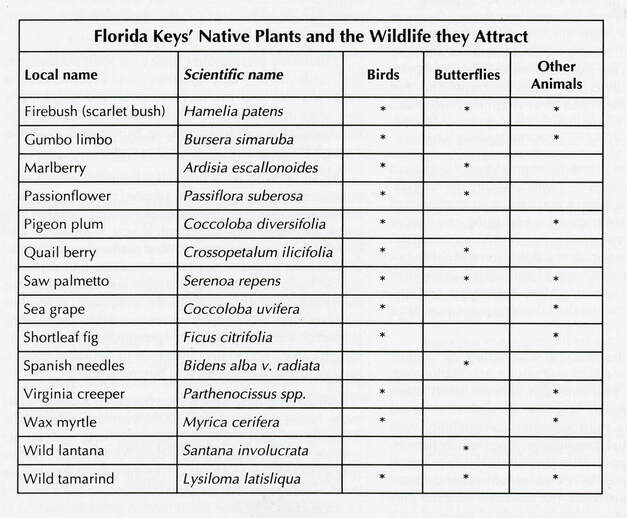
 RSS Feed
RSS Feed
